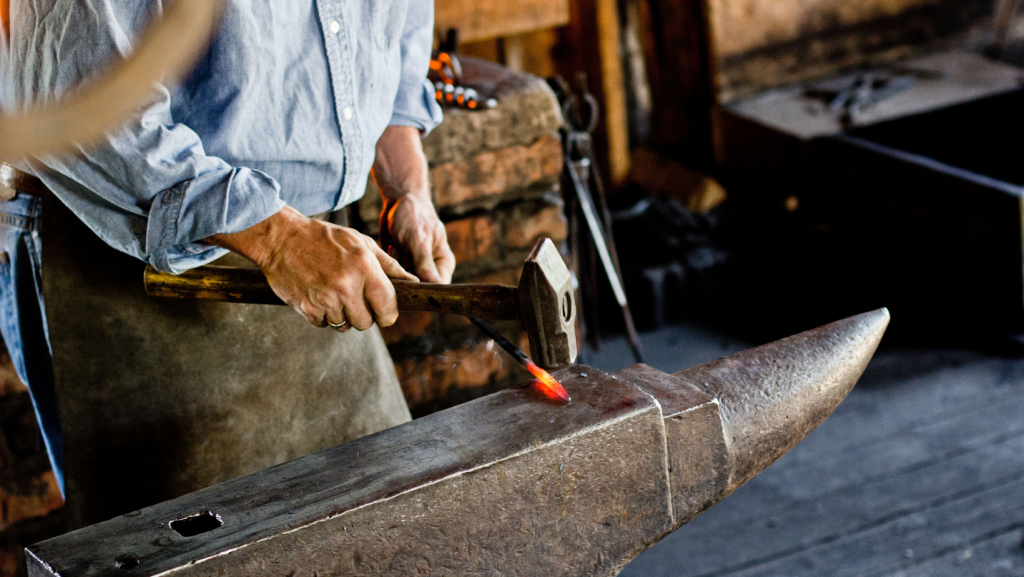An Automated External Defibrillator (AED) became the unexpected hero in saving a tradesman’s life following a workplace cardiac arrest.
Dylan Holmes, whose fateful decision to work overtime led to a life-altering experience, is grateful for the presence of an AED at his workplace, as it played a pivotal role in his survival.
Reflecting on the incident, Mr. Holmes recounted how an ordinary day at an industrial business in Mackay, Queensland, took a terrifying turn when he suddenly suffered a cardiac arrest. The circumstances leading up to his collapse were almost mundane; he had been engaged in conversation with a colleague one moment, only to find himself on the floor gasping for breath the next.
Fortunately, his employer, Mick Baker, was on-site when the crisis unfolded. Initially, given the hot weather, they attributed Mr. Holmes’s condition to dehydration. However, their response was swift and potentially life-saving. As they rushed to provide assistance, one of their colleagues fetched the defibrillator.
Upon quick assessment, it became evident that Mr. Holmes was not breathing and had no pulse. This marked the critical moment when the AED became instrumental. Nine shocks were administered to Mr. Holmes during the journey from the workshop to the Mackay Base Hospital, which was five kilometers away.
Remarkably, despite having had the AED for over a decade, this was the first time it was used at the workplace. Mick Baker emphasized that it was the AED’s timely deployment that saved Mr. Holmes’ life, and he recognized that the incident served as a wake-up call for both their business and others in their industry.
The incident prompted a ripple effect, leading to greater awareness and preparedness. Conversations about the presence and accessibility of AEDs in workplaces became common. Managers and employees in various businesses began to inquire about AEDs, with some taking proactive measures to locate and familiarize themselves with the devices.
Mr. Baker and Mr. Holmes have taken it upon themselves to share their experience and knowledge to encourage others to invest in AEDs for their workplaces. They recognize that AEDs are not prohibitively expensive, especially when considering the potential to save lives.
In Australia and New Zealand, approximately 30,000 individuals experience cardiac arrests annually, as reported by the Queensland Ambulance Service (QAS). Regrettably, the survival rate in such cases is typically low. Every minute without defibrillation decreases the chances of survival by 10 percent. In essence, within ten minutes without access to a defibrillator, a person’s chances of survival diminish significantly.
Lachlan Parker, the QAS clinical director, underscores the urgency of having AEDs readily available, stressing that these devices are becoming more affordable, but the value they bring in saving lives is immeasurable. Often, patients who receive prompt defibrillation experience positive outcomes and recover well.
Both Mr. Parker and Mr. Baker emphasize that AEDs can make a difference not only for strangers but also for one’s own family. In the case of Dylan Holmes, he was given a second chance at life, allowing him to return home to his family, which is ultimately the most important outcome.
While the cost of AEDs can vary, businesses can typically expect to invest a few thousand dollars in acquiring these lifesaving units. However, the peace of mind and the potential to save lives far outweigh the expense. In this day and age, as Mr. Holmes aptly puts it, having an AED in the workplace is a “no-brainer.”




